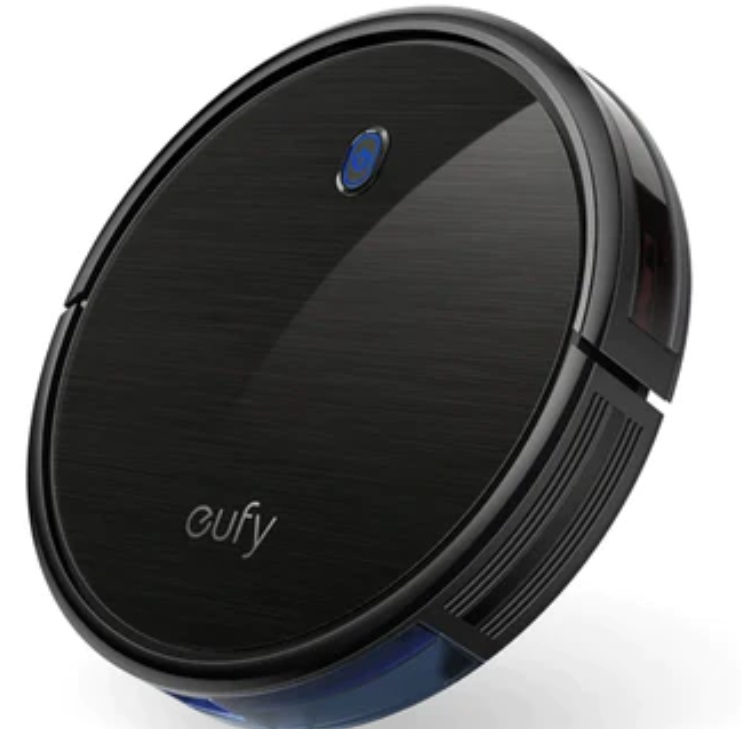Difference Between the air conditioner 5 Star and a 3-star Rating

Have you recently visited an air conditioner showroom or seen an advertisement for an energy-efficient best room AC with a particular star rating? People often need to be more knowledgeable about these star ratings of air conditioners. So, for instance, if you have to choose between a 5-star air conditioner and a 3-star, which one will you prefer? Why do the air conditioner manufacturers give different ratings to their models? Let’s find out the difference between the air conditioner 5 star and a 3 star.
The main difference between 3 stars and an Air conditioner 5 star
Such star ratings are awarded based on the power efficiency of an electrical appliance. So, the higher the star rating, the better the power efficiency. Hence, the main difference between the two models lies in their energy consumption. An air conditioner 5 star will consume less electricity than a 3-star AC. Therefore, with the best room AC with a 5-star rating, you use less energy, and your electricity bill will be accordingly reduced. However, you need to pay extra for this additional feature. So a 5-star window air conditioner will cost you more than a 3-star.
The energy consumption of an air conditioner is directly proportional to the usage time or the duration of hours the AC has been in operation. If you wish to understand the importance of a 5-star model over a 3-star AC, you will have to see the savings that come to you through a 5-star AC.
Minimum ISEER values required for an inverter AC to have a 5-star or 3-star ratings
Rating Min ISEER Max ISEER
1 star 3.10 3.29
2 star 3.30 3.49
3 star 3.50 3.99
4 sta 4.00 4.49
5 star 4.50
As per this table, the minimum ISEER value for a five-star inverter AC should be 4.5, and similarly, for a 3-star inverter AC, the minimum ISEER should be 3.5. ISEER denotes the time an inverter air conditioner has been in use for 1600 hours a year.
Calculating ISEER
Suppose the Cooling load is C, and the total energy consumption is F for a 5-star AC and T for a 3-star. Here, the cooling load C will remain unchanged for both the 3-Star and 5-Star inverter AC.
Hence, the ISEER value for a 5-star air conditioner= Cooling load ÷ Electric load
= C ÷ F =4.5
Total energy units consumed by a 5 Star inverter AC,
F = C ÷ 4.5
However, total energy units consumed by a 3-Star inverter AC,
T = C ÷ 3.5
The Ratio for the annual energy bill for a 5-star to a 3-star inverter AC is
= C÷4.5 : C÷3.5
=1÷4.5 : 1÷3.5
=0.2222: 0.2857
= 1: 1.2858
5-star inverter AC saves power
Considering the average annual electricity bill for both air conditioners, we discover that a 3-star inverter AC consumes 28% more electricity than a 5-star inverter AC. Therefore, if the total electricity bill for a 3-star inverter AC is around Rs.1 000 per month, for an air conditioner 5-star will be Rs.778, saving Rs.222- per month or 22.2% in total electricity bill with a 5-star inverter AC compared to a 3-star inverter AC.
What is the Operating Cost for an inverter Air Conditioner?
As per ISEER calculations, an inverter AC should operate for a minimum of 1600 hours. However, you can find the annual power consumption of an air conditioner in its specifications. To determine the per-hour power consumption of an AC, or the average per-hour cost to run an Air Conditioner, you will have to divide the annual power consumption by 1600.
However, it’s important to note that the 3-star vs. 5-star inverter AC power consumption figure displayed in the specification is only indicative. A 5-star energy-rating air conditioner uses the latest technology to reduce electricity consumption. This is why the price of the best room AC with 5-star rating is higher than that of a 3-star room AC.




